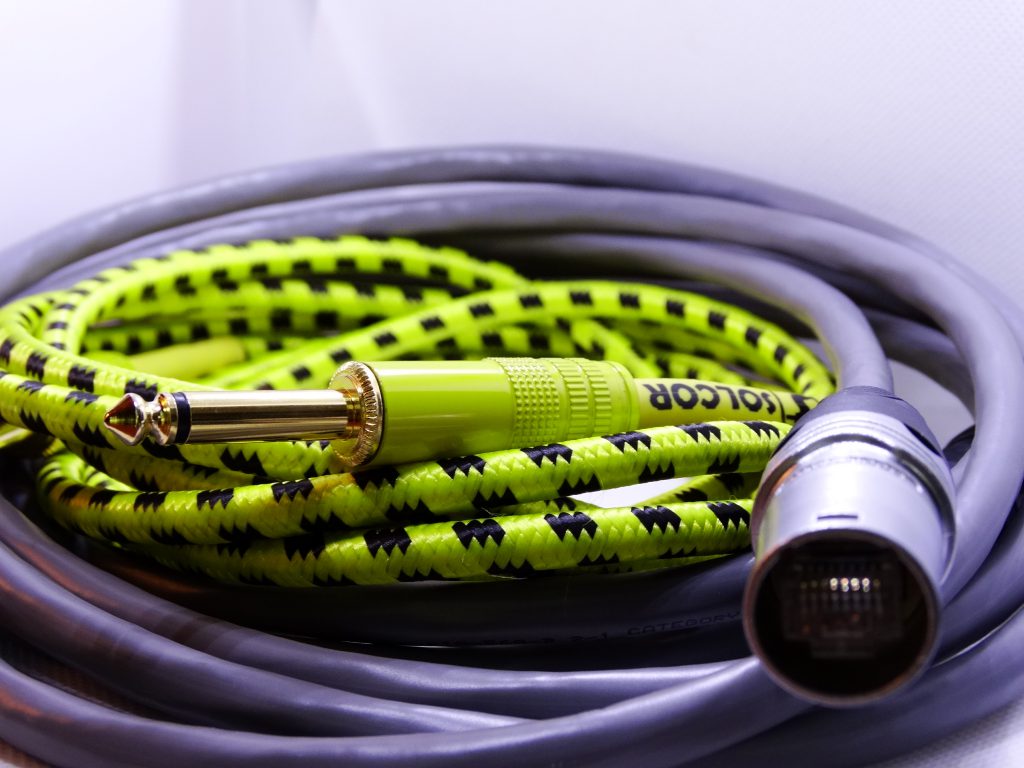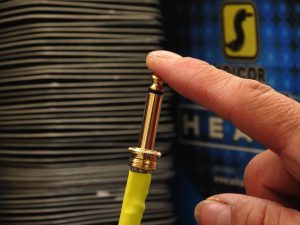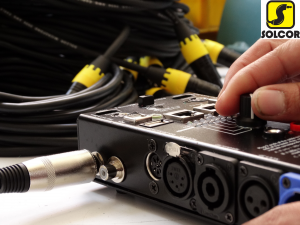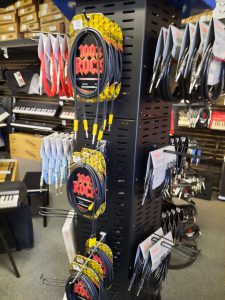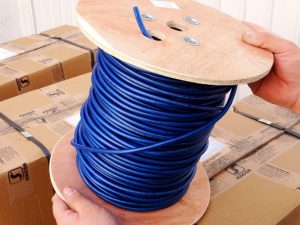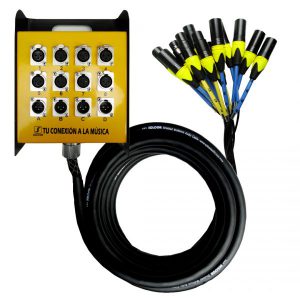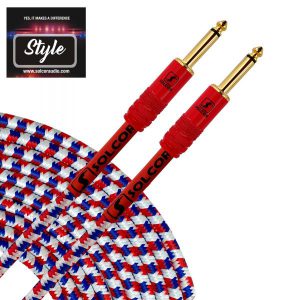Believe it or not, audio cables have a long history. In 1881 Alexander Graham Bell invented the first stranded conductor cables, with the goal of ending crosstalk. What’s this? It is a term in Telecommunications that means that between two circuits, parts of the signals that are in one of them (the disturbing circuit) appear in the other (the disturbed circuit). That is to say, Bell created his cables to eliminate the interference and noise that were produced with the first electrically conducting cables.
Many years later, in the 1980s, an international standard for cables was created with the participation of the AES (Audio Engineering Society) and the EBU (European Broadcasting Union) among other organizations dedicated to Telecommunications.
Today we have analog cables and digital cables. The difference is that the former transmit information by means of electric current while the latter transmit information by means of a binary chain (ones and zeros).
In this article we will focus on giving you the basic information about analog cables, starting by mentioning that this type of product transports an electrically exact signal to a sound signal, so that said analog signal is electromagnetic in nature.
Thus, the audio signal is transported by a line that forms an electrical circuit, that is, back and forth, from one point of origin to another of arrival and back. The cable is part of that line.
There are two presentations of analog cables:
1) Balanced Cables
2) Unbalanced Cables
What is the difference? That balanced cables have 3 wires: one positive, one negative, and one ground; This prevents the entry of interference such as radio frequencies or noise from nearby electronic equipment.
Unbalanced cables only have 2 wires: one positive and one negative, which in many cases allows various types of interference to enter.
Both types of cable are used to transmit audio signals from microphones, instruments, and the connecting lines between them.
Do not miss the next installments of SOLCOR, to continue informing you from the most basic to the most specialized in the world of wiring for musical instruments and for other types of industry.
